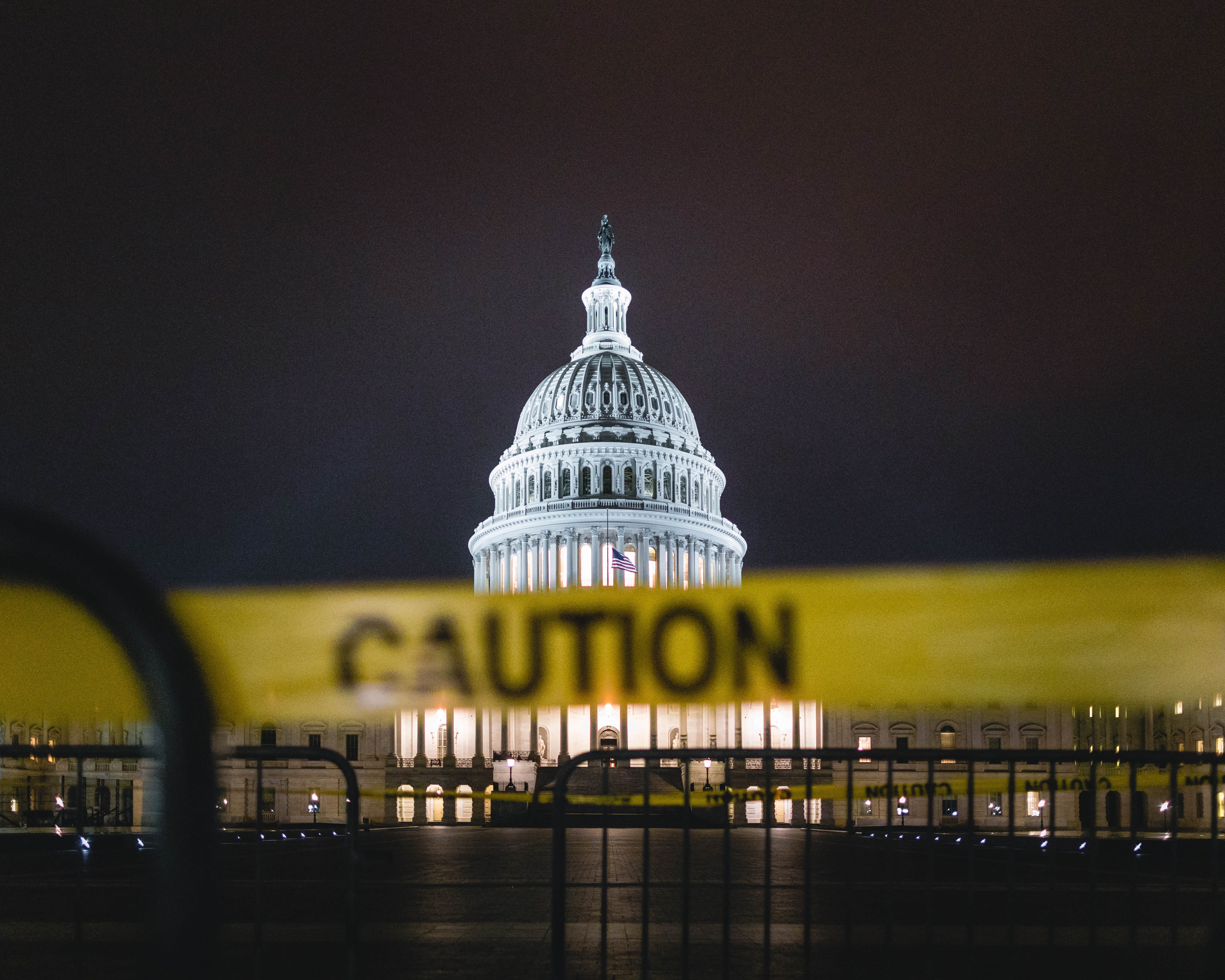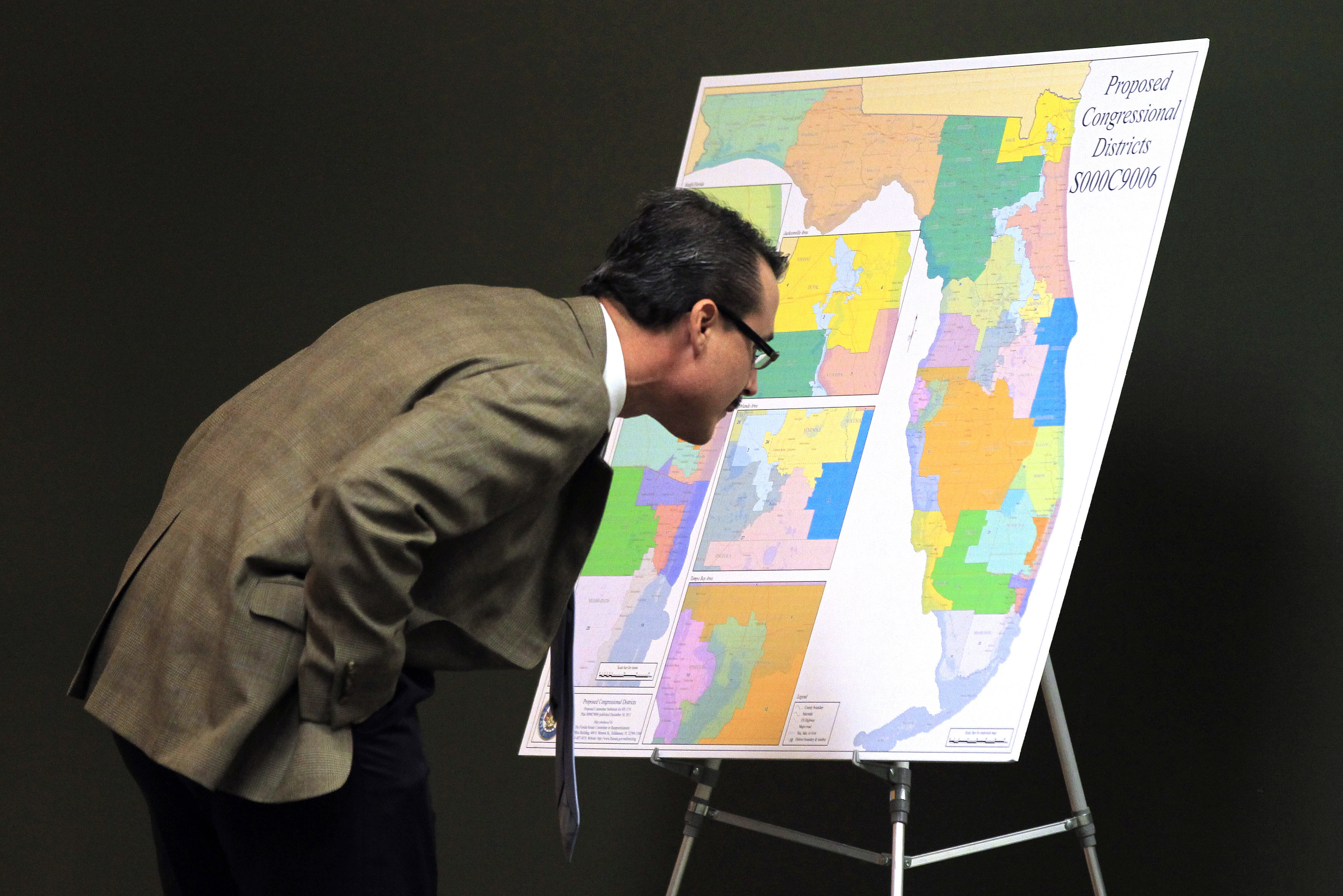This year, The Wagner Review held its 3rd Annual Policy Memo Competition. On April 12, 2019, finalists came together to present their policy recommendations on how to prevent or mitigate the negative impacts of the next Federal Government shutdown. Judges from the New York Times, the New York City Department of Consumer and Worker Protection, and the Robert F. Wagner Graduate School of Public Service evaluated finalists on their memos, presentations, creativity and feasibility of their recommendations.
To: The Wagner Review
From: Eric Cova
Subject: Protecting Vulnerable Citizens from Government Shutdowns
EXECUTIVE SUMMARY
The record-setting government 2018-19 shutdown affected millions of federal employees, as well as entitlement programs that support some the nation’s most vulnerable citizens. In particular, the Supplemental Nutrition Assistance Program, or SNAP, altered its payment schedule, which negatively impacted nearly 90% of benefit recipients.[1] Additionally, before the shutdown ended, there were fears that SNAP’s emergency funding would run out, which would lead to a lapse in benefit distribution and leave millions of Americans struggling to meet their nutritional needs in its wake. With the threat of future shutdowns looming, it is necessary for Congress to act by ensuring that SNAP is funded through an increase in emergency funds allocated or by instituting automatic funding.
BACKGROUND
The longest government shutdown in US history—35 days—took place from December 2018-January 2019.[2] This shutdown was the second of President Trump’s tenure, as he attempted to utilize both shutdowns to force Congress to approve funding for controversial immigration and border security initiatives.[3] A government shutdown is caused by Congress failing to pass government-spending bills that allocate funds to government agencies or by a President failing to sign a passed funding bill into law.[4] While the shutdown is used as a political means to pressure the president or congressional actors, it also affects millions of Federal employees who are forced to work without pay or take furlough. This does not include the hundreds of thousands of federal contractors who may not receive back pay they are owed due to the shutdown.[5] These employees missed two paychecks; according to one study 62 percent of respondents spent most or all of their savings and nearly 50 percent fell behind on paying their bills as a result of the shutdown.[6]
Shutdowns do not only affect federal employees and contractors, the impacts of shutdowns extend to many additional aspects of American life. For example, entitlements such as the United States Department of Agriculture’s SNAP program and its recipients were negatively affected as well.
SNAP is a Federal nutrition program that provides financial assistance to low-income households in order to expand their food budgets.[7] Recipients of SNAP benefits are required to be below 130% of the Federal Poverty Line, and the average monthly benefit is $125 per individual.[8] [9] As of FY19, there were over 38 million individuals who received SNAP benefits.[10] Due to the 2018-19 government shutdown, SNAP benefits were distributed on an irregular schedule, leaving about 15 million households with 40 days in between the distribution of benefits.[11] If the shutdown had continued into February, emergency funds would have been fully used, meaning that SNAP benefits would not have been able to be distributed in the following months.[12]
While the recent government shutdown did not cause a stoppage in SNAP distribution, with the rise of extreme partisanship and divided government it is essential that preparations be put in place to protect these citizens should another government shutdown occur.
RECOMMENDATIONS
In order
to ensure that SNAP benefits do not lapse, even in the face of future
government shutdowns, Congress should take steps to ensure SNAP is securely
funded going forward. To do so, I recommend two alternatives:
Alternative 1: Expand SNAP’s Emergency Funding
Congress should allocate enough money into an emergency fund for SNAP, so that in the case of another extended government shutdown, the entitlement can operate at full capacity until the government reopens. Currently Congress allocates an emergency fund of $3 billion dollars for SNAP, which would not even cover one month of SNAP benefit distribution.[13] Congress should create an emergency fund for SNAP that provides at least three months of full funding for SNAP benefit recipients. While the fight for this amount of money as a contingency fund would likely be a tough battle in Congress, it is an important cause to champion so that SNAP has cushion in case of another government shutdown—and three months is a sweet spot that has a greater chance of passing through the appropriations progress as opposed to six months or even a year. This option does not completely address the threat caused by a looming shutdown that could last “months or years.†[14] Allocating more emergency funds will provide enough of a buffer so that Congress could attempt to pass additional spending bills to refund SNAP should the need arise.
Alternative 2: Automatically Fund SNAP
SNAP should have automatic funding rather than having funds allocated each year through the congressional budgeting process. Although SNAP is a mandatory entitlement as stipulated by the 1996 Farm Bill, it is not funded in the same way as other entitlement programs, such as Social Security Benefits.[15] Congress allocates funding for SNAP benefits each year.[16] This annual allocation is why there is cause for concern that SNAP benefits could lapse in the midst of an extended government shutdown. I recommend that SNAP be funded in a similar manner to Social Security, Medicaid, and Medicare where a portion of the benefit is funded through taxes and the remainder is funded through interest earnings on dedicated trust funds.[17] [18] Alternative 2 is less politically feasible than Alternative 1due to conservative lawmaker’s desire to limit SNAP benefits and the tenuous relationship the American public has with taxes and entitlements. While this option would alleviate concern for SNAP funding to run out during a government shutdown and protect millions of Americans from a gap in pay that could lead to food insecurity, until congress solves its issue with gridlock or unless the balance of congress shifts drastically, this alternative is unlikely to pass.
CONCLUSION
While Alternative 2 is the more effective solution to the root problem, the chance of the current Congress passing legislation to automatically fund SNAP is slim to none. Therefore, even though Alternative 1 does not protect SNAP recipients as effectively as Alternative 2, I recommend that when appropriations take place this year, Democratic legislators move to expand SNAP’s emergency funds to at least three months. In addition to working to extend SNAP’s emergency funds, and as the 2020 election nears, Democratic presidential primary candidates should consider introducing a proposal that would automatically fund SNAP and protect tens of millions of Americans.
[1] “Many SNAP Households Will Experience Long Gap Between Monthly Benefits Despite End of Shutdown.” Center on Budget and Policy Priorities. February 04, 2019. https://www.cbpp.org/research/food-assistance/many-snap-households-will-experience-long-gap-between-monthly-benefits.
[2] Lu, Denise, and Anjali Singhvi. “Government Shutdown Timeline: See How the Effects Are Piling Up.” The New York Times. January 09, 2019. https://www.nytimes.com/interactive/2019/01/08/us/politics/government-shutdown-calendar.html.
[3] “Everything You Need to Know about the Government Shutdown.” The Washington Post. https://www.washingtonpost.com/graphics/2018/politics/government-shutdown-faq/
[4] “Q&A: Everything You Should Know About Government Shutdowns.” Committee for a Responsible Federal Budget. February 27, 2019. http://www.crfb.org/papers/qa-everything-you-should-know-about-government-shutdowns.
[5] Lu, Denise, and Anjali Singhvi. “Government Shutdown Timeline: See How the Effects Are Piling Up.” The New York Times. January 09, 2019. https://www.nytimes.com/interactive/2019/01/08/us/politics/government-shutdown-calendar.html.
[6] Connley, Courtney. “62% Of Federal Workers Say They Used up All or Most of Their Savings during the Government Shutdown.†CNBC, CNBC, 15 Feb. 2019, www.cnbc.com/2019/02/15/62percent-of-federal-workers-spent-most-of-their-savings-during-the-shutdown.html.
[7] “Food Assistance.” USAGov. https://www.usa.gov/food-help.
[8] “Supplemental Nutrition Assistance Program (SNAP)-Am I Eligible for SNAP?” Food and Nutrition Service. https://www.fns.usda.gov/snap/eligibility.
[9] “Supplemental Nutrition Assistance Program (SNAP)-FY16 through FY19 National View Summary.” Food and Nutrition Service. https://www.fns.usda.gov/pd/supplemental-nutrition-assistance-program-snap.
[10] “Supplemental Nutrition Assistance Program (SNAP)-FY16 through FY19 National View Summary.” Food and Nutrition Service. https://www.fns.usda.gov/pd/supplemental-nutrition-assistance-program-snap.
[11] “Many SNAP Households Will Experience Long Gap Between Monthly Benefits Despite End of Shutdown.” Center on Budget and Policy Priorities. February 04, 2019. https://www.cbpp.org/research/food-assistance/many-snap-households-will-experience-long-gap-between-monthly-benefits.
[12] Golshan, Tara. “More than 38 Million People Are on Food Stamps. The Government Shutdown Could Hit Them Hard.” Vox. January 09, 2019. https://www.vox.com/2019/1/7/18172198/government-shutdown-snap-food-stamps.
[13] Golshan, Tara. “More than 38 Million People Are on Food Stamps. The Government Shutdown Could Hit Them Hard.” Vox. January 09, 2019. https://www.vox.com/2019/1/7/18172198/government-shutdown-snap-food-stamps.
[14] Lucey, Catherine, and Lisa Mascaro. “Trump Says Shutdown Could Last for ‘months or Even Years’.” AP NEWS. January 04, 2019. https://www.apnews.com/a6934230e189490080c50a732c1a85d6.
[15] “A Short History of SNAP.” Food and Nutrition Service. https://www.fns.usda.gov/snap/short-history-snap#1964.
[16] Evich, Helena Bottemiller, Quint Forgey, Norman Eisen, and Fred Wertheimer. “Food Stamps for Millions of Americans Become Pawn in Shutdown Fight.” POLITICO. January 07, 2019. https://www.politico.com/story/2019/01/07/food-stamps-government-shutdown-1062090.
[17] “Social Security.” How Is Social Security Financed? | Press Office | Social Security Administration. https://www.ssa.gov/news/press/factsheets/HowAreSocialSecurity.htm.
[18] “How Is Medicare Funded?” Medicare. https://www.medicare.gov/about-us/how-is-medicare-funded.
Eric Cova is a full-time MPA-PNP student specializing in Policy Analysis. Before leaving to attend Wagner, Eric spent seven years with Madison Square Park Conservancy, most recently as Director of Marketing and Communications, where he played an integral role in developing the brand, strategic growth, and vision of the organization. In 2019, Cova was awarded the Ellen Schall Experience Fund Fellowship, which supported his work as an Urban Development Graduate Intern at WRI Mexico. Previously, Cova has worked for AIDS Walk New York and on migrant services at the NGO Accem in Madrid, Spain. A native Michigander, Eric graduated from Michigan State University in 2010 where he earned dual B.A.s in Spanish and Global & Area Studies with a focus on Latin America.




